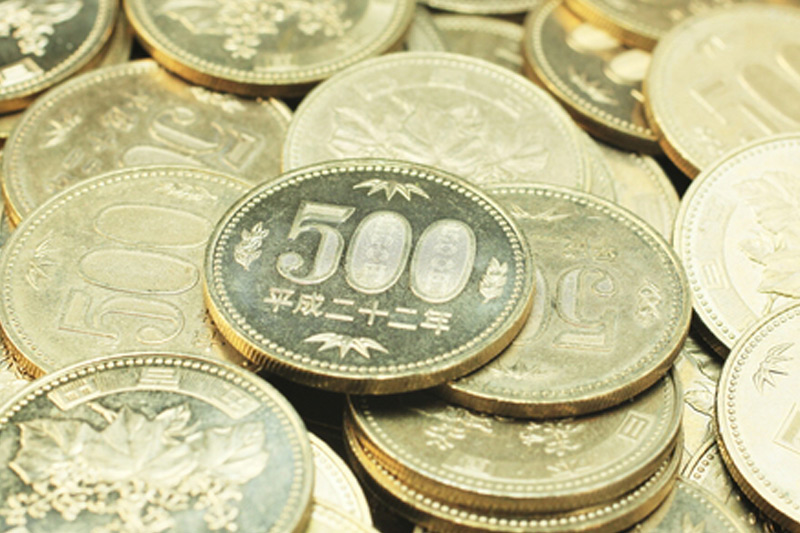Investing.com - The yen and Aussie held largely steady in Asia on Monday with trade data out of Tokyo a bit weaker than expected and investors keeping an eye on central banks.
USD/JPY traded at 118.77, down 0.03%, while AUD/USD changed hands at 0.7007, up 0.02%.
In Japan, the December trade balance came in at a surplus of ¥140 billion, beating a surplus of ¥100 billion seen. Exports fell 8.0%, more than the drop of 6.8% expected, while imports fell 18.0%, more than the 16.4% drop seen.
Markets will also be looking to Friday’s data on U.S. fourth quarter gross domestic product, which is expected to show that growth slowed to a modest 0.8% from 2.0% in the third quarter.
Later on Monday, Australia is to release private sector data on business confidence, and in the euro zone, the Ifo Institute is to report on German business climate. ECB head Mario Draghi is to speak at an event in Frankfurt.
The U.S. dollar index, which measures the greenback’s strength against a trade-weighted basket of six major currencies, was quoted at 99.49, down 0.11%.
Last week, the dollar rose against the other major currencies on Friday as expectations for fresh central bank easing bolstered risk appetite, dampening safe haven demand for the yen and the Swiss franc.
The yen weakened after Bank of Japan Governor Haruhiko Kuroda said Friday the central bank has room to provide additional stimulus if necessary.
The dollar rose to one-month highs against the traditional safe haven Swiss franc, with USD/CHF rising 0.83% to 1.0156 in late trade.
The euro remained on the defensive after European Central Bank Mario Draghi signaled Thursday that fresh easing measures could be rolled out as soon as the bank’s next meeting in March.
Expectations of fresh central bank stimulus bolstered sentiment in global financial markets. Global stocks strengthened after major declines since the start of the year and oil prices rebounded 10%, one of the largest daily rallies ever.
Indications of further possible stimulus also underlined the diverging monetary policy stance between the Federal Reserve and other world central banks. Higher U.S. interest rates would make the dollar more attractive to yield-seeking investors.
